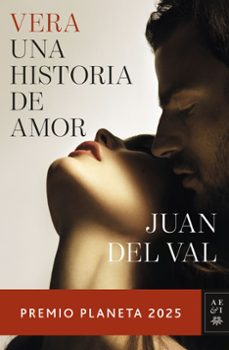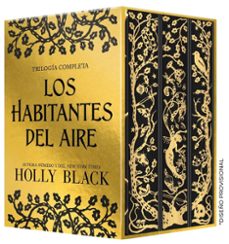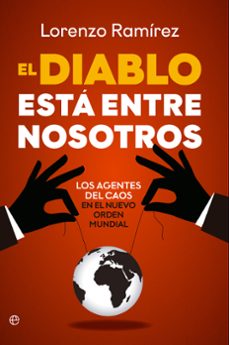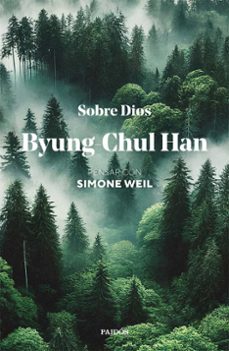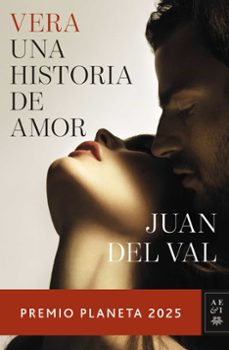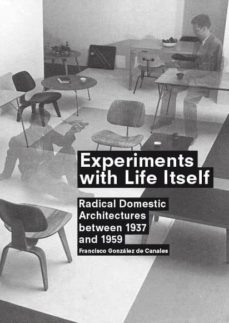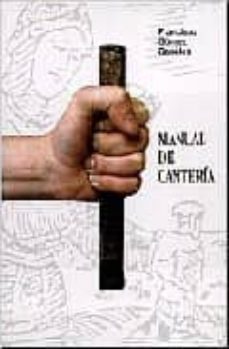Imprescindibles
Ficción
No Ficción
Ciencias y tecnología Biología Ciencias Ciencias naturales Divulgación científica Informática Ingeniería Matemáticas Medicina Salud y dietas Filología Biblioteconomía Estudios filológicos Estudios lingüísticos Estudios literarios Historia y crítica de la Literatura
Humanidades Autoayuda y espiritualidad Ciencias humanas Derecho Economía y Empresa Psicología y Pedagogía Filosofía Sociología Historia Arqueología Biografías Historia de España Historia Universal Historia por países
Infantil
Juvenil
#Jóvenes lectores Narrativa juvenil Clásicos adaptados Libros Wattpad Libros Booktok Libros de influencers Libros de Youtubers Libros Spicy Juveniles Libros LGTBIQ+ Temas sociales Libros ciencia ficción Libros de acción y aventura Cómic y manga juvenil Cómic juvenil Manga Shonen Manga Shojo Autores destacados Jennifer L. Armentrout Eloy Moreno Nerea Llanes Hannah Nicole Maehrer
Libros de fantasía Cozy Fantasy Dark academia Hadas y Fae Romantasy Royal Fantasy Urban Fantasy Vampiros y hombres lobo Otros Misterio y terror Cozy mistery Policiaca Spooky Terror Thriller y suspense Otros
Libros románticos y de amor Dark Romance Clean Romance Cowboy Romance Mafia y amor Romance dramatico Romcom libros Sport Romance Otros Clichés Enemies to Lovers Friends to Lovers Hermanastros Slow Burn Fake Dating Triángulo amoroso
Cómic y manga
Novela gráfica Novela gráfica americana Novela gráfica europea Novela gráfica de otros países Personajes, series y sagas Series y sagas Star Wars Superhéroes Cómics DC Cómics Marvel Cómics otros superhéroes Cómics Valiant
eBooks
Literatura Contemporánea Narrativa fantástica Novela de ciencia ficción Novela de terror Novela histórica Novela negra Novela romántica y erótica Juvenil Más de 13 años Más de 15 años Infantil eBooks infantiles
Humanidades Autoayuda y espiritualidad Ciencias humanas Economía y Empresa Psicología y Pedagogía Filosofía Historia Historia de España Historia Universal Arte Cine Música Historia del arte
Ciencia y tecnología Ciencias naturales Divulgación científica Medicina Salud y dietas Filología Estudios lingüísticos Estudios literarios Historia y crítica de la Literatura Estilo de vida Cocina Guías de viaje Ocio y deportes
Francisco Gómez Canales
Recibe novedades de FRANCISCO GOMEZ CANALES directamente en tu email
Filtros
Del 1 al 2 de 2
ACTAR D 9788492861651
"Five experiments made by prestigious architects on their own homes during the dark days of the Second World War. Canales - Lombardero is an office of architecture and urbanism founded in 2003 and based in London (UK) and Seville (Spain). The office develops its work through designs interested in a critical understanding of the context, carefulness regarding the inhabitation of interiors and attention to materiality and construction detail. Most of their designs are located in Andalusia-Spain.Lately, the office has expanded its work internationally to Latin America, Africa and the Middle East. The office has also developed a substantial academic work in field of history and theory of architecture and the city.In most books or manuals on the history of modern architecture we found a large number of pages devoted to the avant-garde movement that took place in-between wars and to the reconstruction and expansion after World War II. Therebetween, as a misunderstanding or an agreed silence, is a big gap of dark years, wars and exiles of which you can hardly speak about. It is precisely in those dark years when the most experimental and inspiring projects had place. Architects and artists relegated to the margins of civil reality began to present a picture of reactions to a cultural situation unsustainable. Francisco González de Canales analyzes a constellation of scattered cases between late thirties and late fifties of the twentieth century he calls domestic self-experimentation."
Ver más
Otros
FUND. SANTA MARIA LA REAL. CENTRO DE ESTUDIOS DEL ROMANICO 9788489483958
El trabajo de la cantería ha sido una de las faenas más duras pero más apasionantes, emotivas y creadoras del hombre, pues ha contribuido a dar permanencia a casi todas las expresiones, sentimientos y actividades humanas. Actualmente el oficio de cantero es una actividad casi olvidada, hasta el punto que resulta verdaderamente difícil encontrar artesanos que conozcan los recetarios tradicionales y que sepan manejar con maestría las herramientas. Se hacía necesario, por tanto, la publicación de un manual en el que se recogieran de forma clara y didáctica todos los principios básicos de esta técnica, acompañados de abundantes fotografías y dibujos aclaratorios. Uno de los valores más notorios de este Manual es que está todo él basado en las experiencias individuales de su autor que, entre otras actividades, ejerció de maestro de cantería en las diversas escuelas-taller que se sucedieron en el monasterio de Santa María la Real de Aguilar de Campoo.
Ver más
Tapa blanda
Del 1 al 2 de 2
